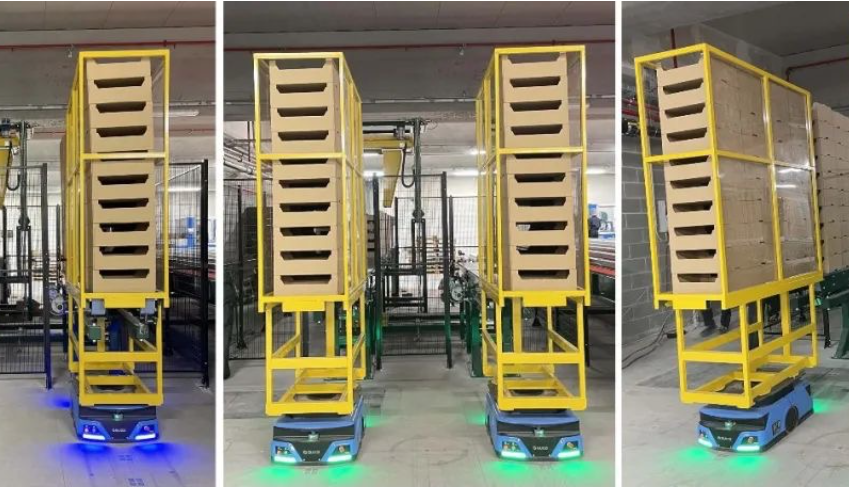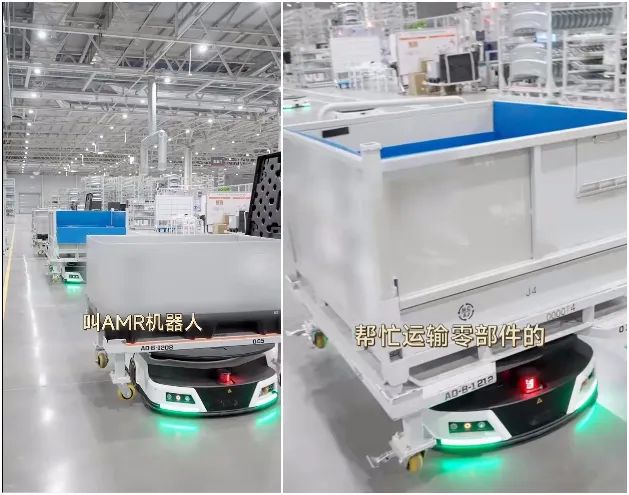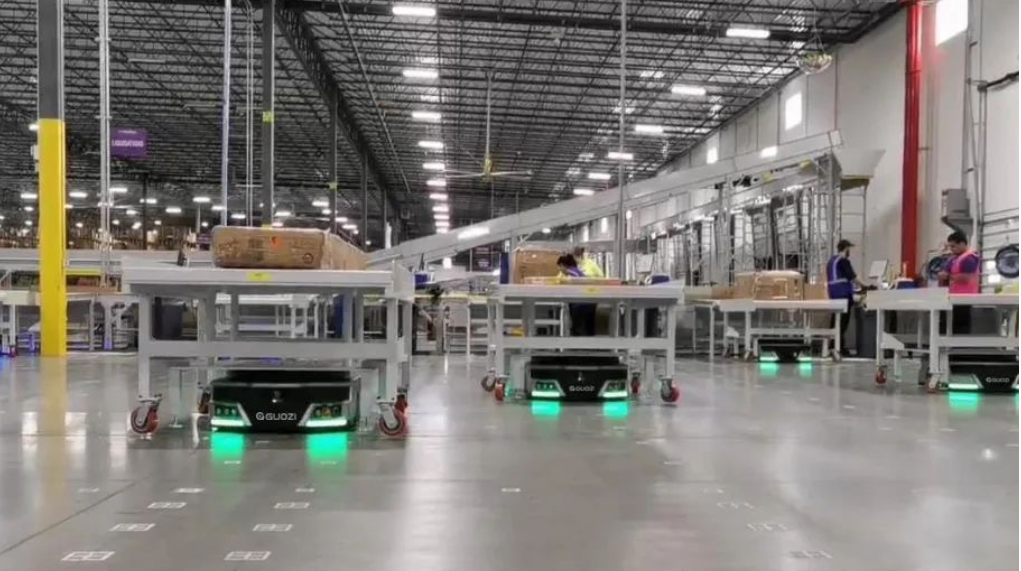The supply chain logistics sector is on the cusp of a transformative era, driven by the integration of automated warehouse systems. This article delves into the intricacies of these systems, their impact on logistics efficiency, and the future implications for the robotics industry. We explore the advancements in technology that are reshaping the landscape of warehousing and distribution.
The demands of modern commerce have pushed the logistics industry to seek innovative solutions for streamlining operations. Automated warehouse systems, powered by cutting-edge robotics, are at the forefront of this revolution. These systems offer a blend of efficiency, scalability, and precision that traditional methods cannot match.
I. The Evolution of Automated Warehouse Systems
1. Early Automation: A brief history of the inception of warehouse automation, from basic conveyor belts to the first generation of robotic pickers.
2. Current State: An overview of the latest technologies in automated warehousing, including autonomous mobile robots (AMRs), robotic arms, and intelligent storage systems.
3. Future Prospects: Insights into emerging technologies such as AI-driven inventory management and drone-based logistics within warehouse environments.
II. Benefits of Automated Warehouse Systems
1. Increased Productivity: How robotics can handle repetitive tasks with greater speed and accuracy than human workers.
2. Reduced Errors: The role of automated systems in minimizing picking errors and improving order fulfillment rates.
3. Cost Efficiency: Long-term cost savings through reduced labor costs, optimized space utilization, and energy efficiency.
4. Scalability: The ability of automated systems to adapt and expand with the growth of a business.
III. Case Studies in Automated Warehouse Success
1. E-commerce Giants: Examples of how leading e-commerce companies have implemented automated warehouse systems to meet consumer demands.
2. Traditional Retailers: Insights into how brick-and-mortar retailers are integrating automation to compete in the digital marketplace.
3. Third-Party Logistics Providers: The adoption of automated systems by logistics companies to offer superior service and gain a competitive edge.
IV. Challenges and Solutions in Warehouse Automation
1. Initial Investment: Addressing the high upfront costs associated with implementing automated systems and potential financing options.
2. Integration with Existing Infrastructure: Strategies for seamlessly incorporating new technologies into legacy warehouse operations.
3. Workforce Transition: Managing the shift from manual labor to a workforce skilled in operating and maintaining automated systems.
V. The Impact on the Robotics Industry
1. Market Growth: The surge in demand for robotics in warehousing and the subsequent growth of the robotics market.
2. Innovation Driver: How the needs of the logistics sector are pushing robotics manufacturers to develop more advanced and versatile systems.
3. Collaboration Opportunities: The potential for partnerships between robotics companies and logistics providers to create customized solutions.
Automated warehouse systems represent a quantum leap forward in supply chain logistics, promising to enhance operational efficiency, reduce costs, and improve customer satisfaction. As the robotics industry continues to innovate, these systems will become more accessible and integral to the success of businesses across various sectors. The future of logistics is here, and it is automated.








